Donald Chubb B.S.E. M.S.E. and Ph.D.0444527214, 9780444527219, 9780080560687, 9780444531117, 0444531114
Table of contents :
Fundamentals of THERMOPHOTOVOLTAIC ENERGY CONVERSION……Page 4
Copyright Page……Page 5
Acknowledgements……Page 6
Preface……Page 8
Table of Contents……Page 10
1.1 Symbols……Page 16
1.3 A Short History of TPV Energy Conversion……Page 18
1.4 TPV Applications……Page 20
1.5.1 Plane Wave Solution to Maxwell’s Equations……Page 21
1.5.2 Energy Flux for Plane Electromagnetic Waves……Page 29
1.5.3 Boundary Conditions at an Interface……Page 32
1.5.4 The Law of Reflection and Snell’s Law of Refraction……Page 35
1.5.5 Reflectivity and Transmissivity at an Interface……Page 40
1.5.6 Connections between Electromagnetic Theory and Radiation Transfer Theory……Page 49
1.6.1 Radiation Intensity……Page 50
1.6.2 Blackbody……Page 53
1.6.3 Blackbody Spectral Emissive Power……Page 54
1.6.4 Blackbody Total Emissive Power……Page 57
1.6.5 Equations for Radiation Energy Transfer……Page 59
1.6.6 Energy Conservation Including Radiation……Page 62
1.7 Optical Properties……Page 65
1.7.1 Emittance and Absorptance……Page 66
1.7.2 Hemispherical Spectral and Hemispherical Total Reflectivity……Page 70
1.7.3 Independence of Emitted (Absorbed), Reflected, and Transmitted Radiation……Page 72
1.8 Radiation Energy Balance for One Dimensional Model……Page 78
1.9 Emittance of a Metal into a Dielectric……Page 81
1.10 Summary……Page 85
References……Page 86
Problems……Page 87
2.1 Symbols……Page 92
2.2 Maximum TPV Efficiency……Page 94
2.3 Maximum TPV Efficiency for Constant Emitter Emittance and PV Cell Reflectance……Page 98
2.4 Ideal TPV System……Page 99
2.5 Approximation of Selective Emitter and Filter TPV Systems……Page 101
2.6 Power Output……Page 104
2.7 Summary……Page 106
Problems……Page 107
3.1 Symbols……Page 110
3.2 Gray Body Emitters……Page 112
3.3 Selective Emitters……Page 113
3.3.1 Rare Earth Selective Emitters……Page 114
3.3.2 Other Selective Emitters……Page 117
3.4 Extinction Coefficient and Optical Depth……Page 119
3.5 Extinction Coefficients of Rare Earth Selective Emitters……Page 120
3.7 One Dimensional Radiation Transfer Equations……Page 123
3.7.1 One Dimensional Source Function Equation……Page 127
3.7.2 One Dimensional Radiation Flux……Page 128
3.7.3 No Scattering Medium……Page 129
3.8 Spectral Emittance for Planar Emitter……Page 130
3.8.1 No Scattering Spectral Emittance……Page 143
3.8.2 No Scattering, Linear Temperature Variation Spectral Emittance……Page 146
3.8.3 Importance of Temperature Change Across Planar Emitter……Page 155
3.8.4 Effect of Scattering on Spectral Emittance of a Planar Emitter……Page 157
3.9 Cylindrical Emitter……Page 161
3.10 Emitter Performance……Page 168
3.10.1 Gray Body Emitter Performance……Page 169
3.10.3 Cylindrical Selective Emitter Performance……Page 172
3.10.4 Planar Selective Emitter Performance……Page 179
3.11 Comparison of Selective Emitters and Gray Body Emitters……Page 185
3.12 Summary……Page 187
References……Page 189
Problems……Page 190
4.1 Symbols……Page 194
4.2 Filter Performance Parameters……Page 196
4.3.2 Interference……Page 198
4.3.3 Interference Filter Model……Page 200
4.3.4 Reflectance, Transmittance, and Absorptance……Page 208
4.3.5 Single Film System……Page 213
4.3.6 Many Layer System for phii = Npi or phii = Npi/2 and N is an Odd Integer……Page 225
4.3.7 Equivalent Layer Procedure……Page 229
4.3.8 Interference Filter with Embedded Metallic Layer……Page 237
4.3.9 Interference Filter Performance for Angles of Incidence Greater than Zero……Page 244
4.4.1 Drude Model……Page 247
4.4.2 Reflectance, Transmittance, and Absorptance of a Plasma Filter……Page 259
4.4.3 Efficiency and Total Transmittance, Reflectance, and Absorptance of a Plasma Filter……Page 264
4.5 Combined Interference-Plasma Filter……Page 268
4.6 Resonant Array Filters……Page 275
4.6.1 Transmission Line Theory……Page 276
4.6.2 Transmission Line Equivalent Circuit for Resonant Array Filter……Page 281
4.6.3 Metallic Mesh Filter……Page 285
4.7.1 Efficiency of a Back Surface Reflector (BSR) for Spectral Control……Page 292
4.8 Summary……Page 298
References……Page 299
Problems……Page 301
5.1 Symbols……Page 306
5.2 Energy Bands (Kronig-Penney Model) and Current in Semiconductors……Page 309
5.3 Density of Electrons and Holes and Mass Action Law……Page 317
5.4 Transport Equations……Page 325
5.5.1 Generation of Electrons and Holes……Page 328
5.5.2 Recombination of Electrons and Holes……Page 331
5.6 p-n Junction……Page 335
5.7 Current-Voltage Relation for an Ideal Junction in the Dark……Page 338
5.7.1 Assumptions for Ideal p-n Junction……Page 339
5.7.2 Current-Voltage Relation for Infinite Neutral Regions……Page 341
5.7.3 Current-Voltage Relation for Finite Neutral Regions……Page 345
5.7.4 Depletion Region Contribution to Current and High-Injection Effects……Page 351
5.8 Ideality Factor and Empirical Current-Voltage Relation of p-n Junction in the Dark……Page 353
5.9 Current-Voltage Relation for an Ideal p-n Junction Under Illumination……Page 354
5.9.1 Electron Current Density in p Region……Page 355
5.9.2 Hole Current Density in n Region……Page 364
5.9.3 Current Generation in Depletion Region……Page 372
5.9.4 Current-Voltage Relation……Page 374
5.10 Quantum Efficiency and Spectral Response……Page 377
5.11 Equivalent Circuit for PV Cells……Page 383
5.12 PV Cell Efficiency and Power Output……Page 389
5.13 Summary……Page 403
References……Page 406
Problems……Page 407
6.1 Symbols……Page 410
6.2.1 Radiation Transfer for Uniform Intensity……Page 412
6.2.2 View-Factors for TPV Systems……Page 414
6.2.3 Optical Properties of Components……Page 420
6.2.4 Energy Balance on a Component of a TPV System……Page 425
6.3 Radiation Energy Transfer in Planar TPV System……Page 428
6.4 Radiation Energy Transfer in Cylindrical TPV System……Page 432
6.5.3 Cavity Efficiency……Page 437
6.6 Summary……Page 438
Problems……Page 439
7.1 Symbols……Page 442
7.2 Cavity Efficiency for Planar Filter and Selective Emitter TPV Systems without a Window……Page 443
7.3 Cavity Efficiency for Cylindrical Filter and Selective Emitter TPV Systems without a Window……Page 455
7.4.1 Development of Radiation Transfer Equations……Page 461
7.4.2 Radiation Transfer Equations for TPV Systems with Close Coupled Emitter-Window and Filter-PV Cells……Page 465
7.4.3 Cavity Efficiency……Page 469
7.5 Summary……Page 472
Problems……Page 473
8.1 Symbols……Page 476
8.2 TPV System Model……Page 477
8.3 Radiation Transfer Equations……Page 478
8.4 Solution Method for TPV System Model……Page 483
8.5 Results of TPV System Model for Hypothetical System……Page 487
8.5.2 Importance of Filter Absorptance……Page 489
8.6 TPV System with Selective Emitter and Back Surface Reflector (BSR)……Page 491
8.6.1 Dependence of TPV Performance upon Input Power……Page 494
8.7 Importance of PV Array Temperature on TPV Performance……Page 498
8.8 Review of Radiation Transfer Method……Page 499
Problems……Page 500
Appendix A – Exponential Integrals……Page 506
Appendix B – Coupled Energy and Radiation Transfer Equations……Page 510
Appendix C – 2 x 2 Matrix Algebra……Page 514
Appendix D – Mathematica Program for Multi-layer Interference Filter……Page 516
Appendix E – Quantum Mechanics……Page 518
Appendix F – Mathematica Program for Planar Geometry TPV Model……Page 524
Index……Page 528
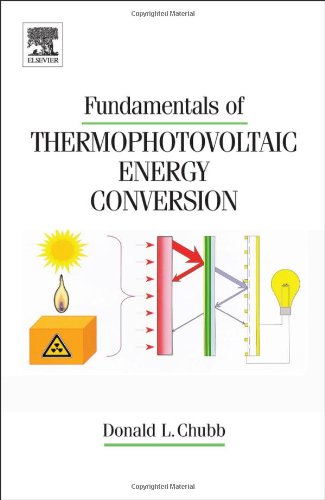
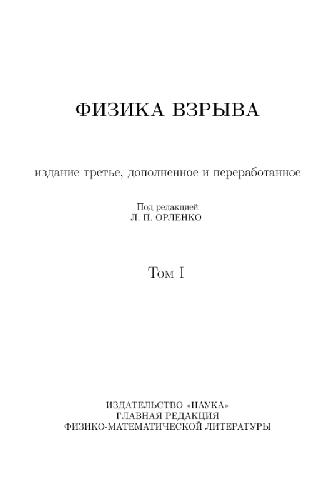


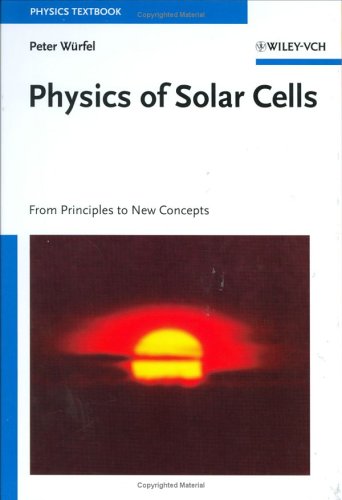
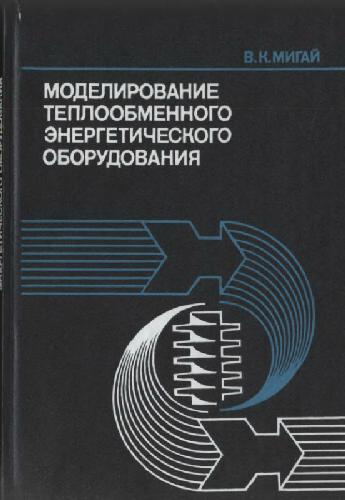
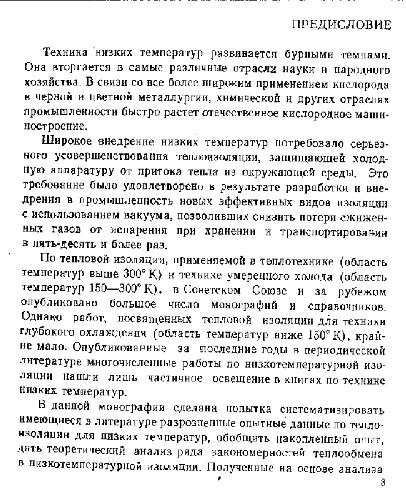
Reviews
There are no reviews yet.